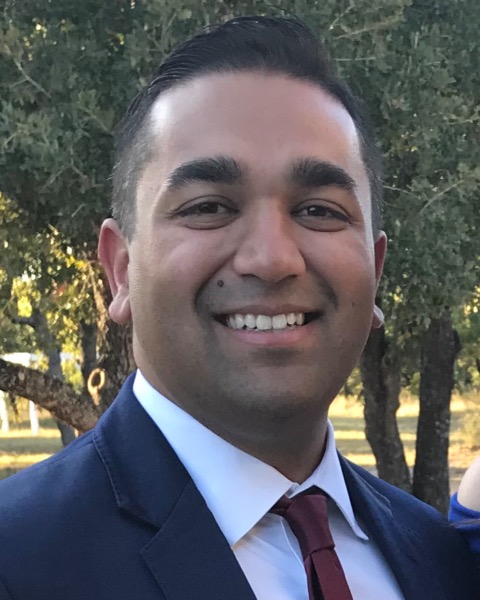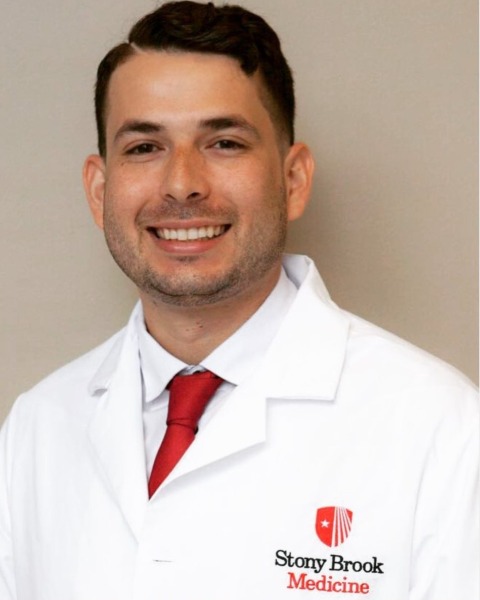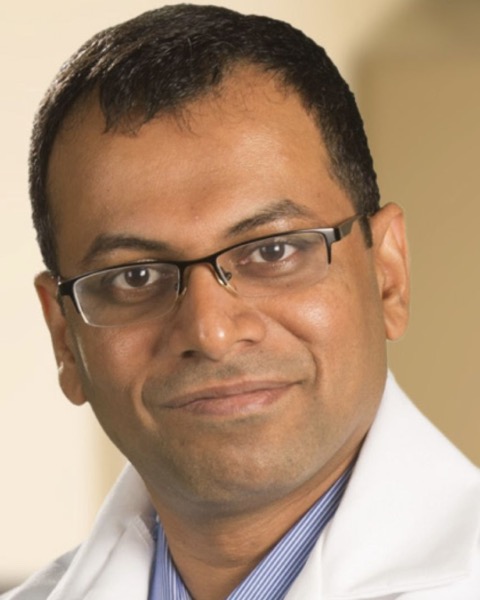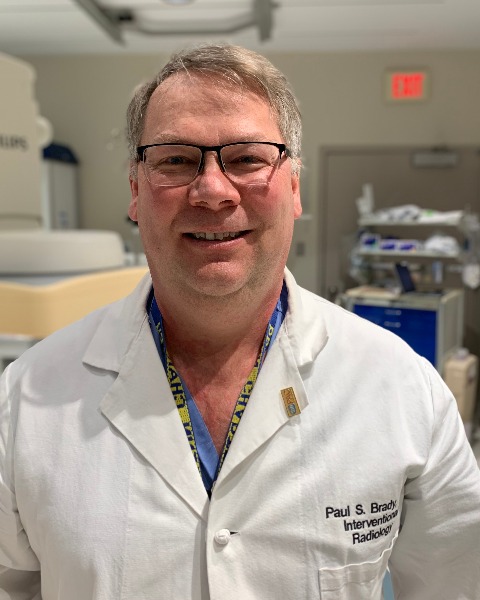Venous Interventions
Transvenous Endovascular Tricuspid Vegectomy using large bore aspiration with real time transesophageal ECHO: a minimally invasive alternative to Open Vegectomy

Akash Desai, MD
Integrated Resident
Einstein Health Care NetworkDisclosure(s): No financial relationships to disclose

Isael Perez, Jr., MD
Independent IR Resident Physician
Einstein Medical Center - Thomas Jefferson- AA
Alexander Anavim, MD
Integrated IR/DR Resident Physician
Einstein Medical Center, Jefferson Health 
Jung H. Yun, MD
Integrated IR/DR Resident Physician
Einstein Medical Center, Jefferson Health- SD
Sagar Desai, DO (he/him/his)
IR/DR Resident
Jefferson Einstein Hospital - SL
Shiyi Li, MD
Integrated IR/DR Resident Physician
Einstein Medical Center, Jefferson Health 
Bala Natarajan, MD
Attending Interventional Radiologist
Einstein Medical Center, Jefferson Health
Paul Brady, MD (he/him/his)
Attending Physician, Director of Interventional Radiology
Albert Einstein Health Care Network
Poster Presenter(s)
Author/Co-author(s)
Invasive endocarditis continues to be a growing health concern with a 1-year mortality rate of 30%. Right sided infective endocarditis is often associated with intravenous drug use (IVDU), intracardiac devices, and central venous catheters, all of which have become more prevalent in the United States over the past 20 years. Currently if a patient cannot undergo surgery, Angiovac is FDA approved for suction thrombectomy. The purpose of this abstract is to introduce a technique for transvenous suction vegectomy using large bore aspiration devices and to demonstrate the advantages of this approach over other treatment techniques.
Materials and Methods:
We describe a collaborative technique using large bore aspiration with real time TEE provided by cardiac anesthesia. Many patients are poor candidates for surgery and the Angiovac device requires considerable manpower, time, and the expense of using veno-venous bypass. This case series demonstrates a novel technique of using the INARI Flowtriever device for suction vegectomy of tricuspid vegetations which requires only 1 cannulation site and does not require a filtered bypass circuit like the current option. Retrospective review of 5 patients over the course of the last 2 years was performed with review of pre and post procedure echo imaging as well as intra-procedure imaging.
Results:
5 patients presented to our hospital with tricuspid vegetations over a recent 2-year period. All cases were reviewed by cardiac surgery, IR, cardiology, and cardiac anesthesia. Suction vegectomy was performed on selective cases deemed high risk for surgery. The cases were performed by the IR service with cardiac anesthesia providing real time TEE. Aspiration was performed with the 24 French INARI Flowtriever device under fluoroscopic and echo guidance until vegetation removal. In all 5 cases, removal of the vegetation was successful. Additionally, in one patient severe tricuspid regurgitation was eliminated post vegectomy. There were no post procedure complications caused by the vegectomy procedure and the patients did not undergo further intervention.
Conclusion:
We describe the interdisciplinary approach to transvenous suction vegectomy of tricuspid vegetations using a large bore aspiration device. This appears to be a viable alternative to the current endovascular system, requiring a single cannulation site and simpler setup. Despite the small volume of this case series, the 100% success rate of our first five attempts supports the INARI Flowtriever as an option for future interventions while also decreasing patient morbidity and procedural costs.

.png)
.png)
.png)
.png)
.jpg)
.jpg)
.png)
.png)
.jpg)